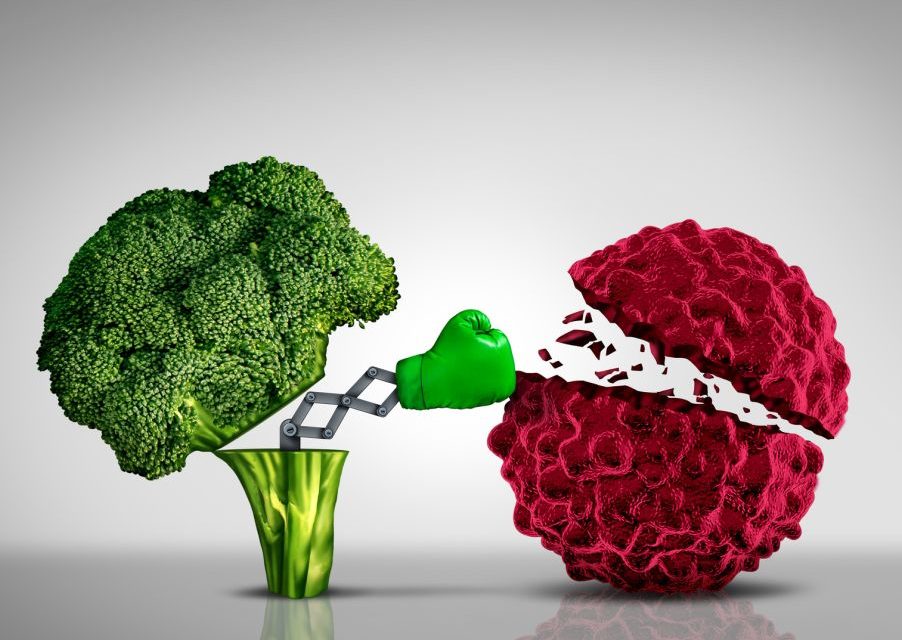If you look at lifestyle practices that include nutrition, exercise, and alcohol and tobacco use in various countries, you can see a connection to the cancer rate. About half of cancer incidence and a little more than a third of cancer mortality in the U.S. are associated with our dietary habits in this country. These cancers include cancers of the colon, pancreas, ovary, prostate, endometrium, and breast.
The typical American diet, in general contains low levels of the potent carcinogenic agents, like heterocyclic amines, formed during the cooking of meats. It is low in fiber and is high in calories. Americans eat about twice as much fat as is desirable to prevent cancer. Many of the fats, like hydrogenated oils, favor the development of cancers.
Foods with functional properties, such as soy products and green tea, can be beneficial. The optimum diet to reduce cancer would have fewer calories and less fat than the American diet. Fat consumption should be 20% or less of total caloric intake. Fiber consumption needs to be increased to 25-35 grams per day for adults. The diet needs to have adequate fiber intake from grains, especially cereals, vegetables, legumes, and fruits. Increasing fiber will reduce calorie and fat intake; fiber reduces the absorption of fats and calories. Improving the diet will reduce cancer and other chronic disease risks. It will also contribute to a healthy life to an advanced age. It will lower the cost of medical care






